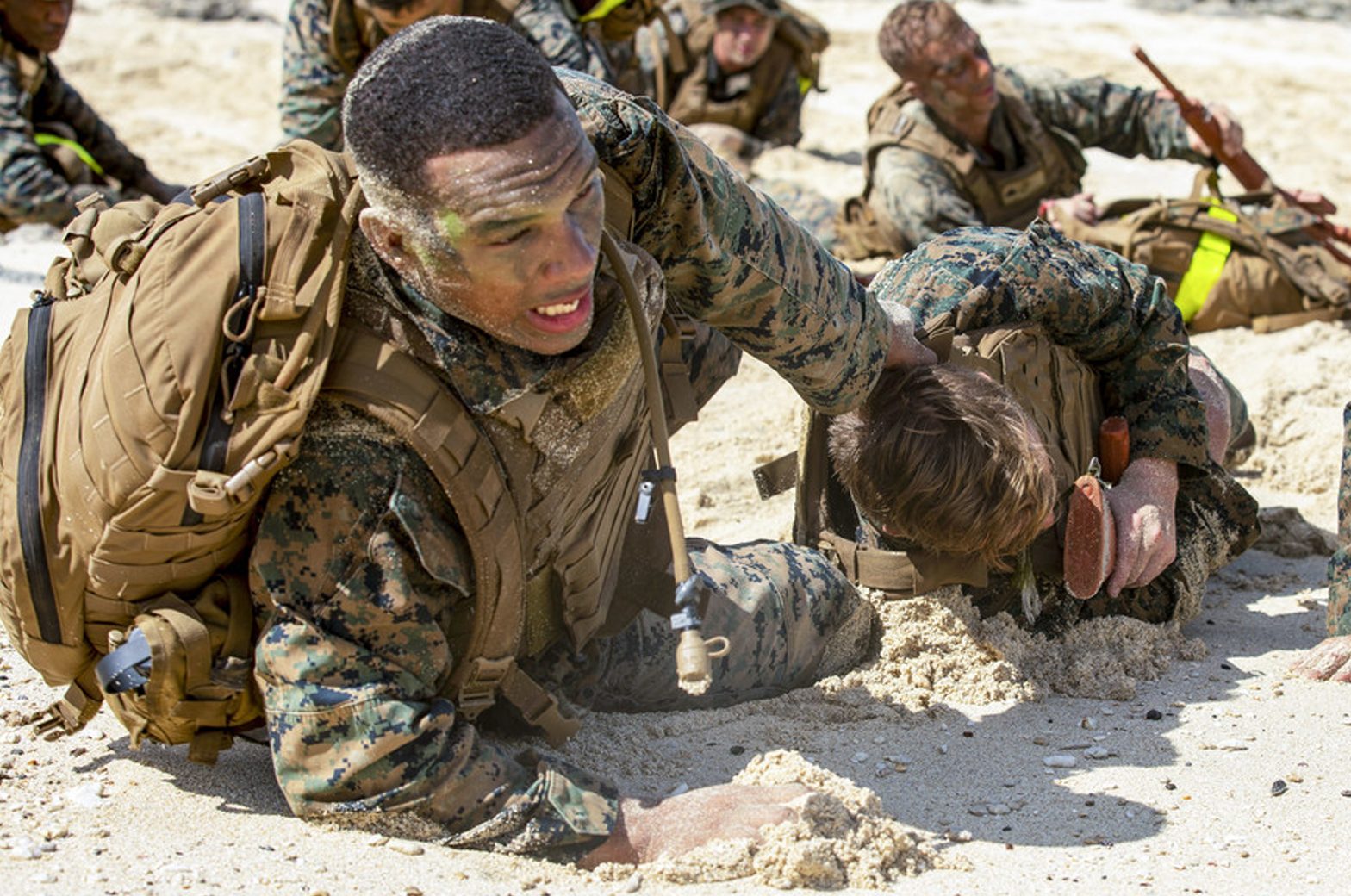US, China, Saudi Arabia, India and France were the biggest spenders. America keeps lead as the world’s biggest arms supplier
Military expenditure across the world rose to $1.822 trillion in 2018 nearly double of the total amount spent during the post-cold war low in 1998, the Stockholm International Peace Research Institute (SIPRI) disclosed
Analysts attribute the increasing military expenditure to rising political and security tensions in many regions and countries and the lingering geopolitical and civil unrest in the Middle East.
The five biggest spenders in 2018 were the United States, China, Saudi Arabia, India and France, which together accounted for 60 percent of global military spending, SIPRI said.
“In 2018 the USA and China accounted for half of the world’s military spending,” said Dr. Nan Tian, a researcher with the SIPRI Arms and Military Expenditure (AMEX) programme. “The higher level of world military expenditure in 2018 is mainly the result of significant increases in spending by these two countries.”
US and China leading
US military spending grew—for the first time since 2010 by 4.6 percent, to reach $649 billion in 2018. The USA remained by far the largest spender in the world, and spent almost as much on its military in 2018 as the next eight largest-spending countries combined.
“The increase in US spending was driven by the implementation from 2017 of new arms procurement programmes under the Trump administration,” said Dr. Aude Fleurant, Director SIPRI AMEX programme.
China, the second-largest spender in the world, increased its military expenditure by 5.0 percent to $250 billion in 2018, its 24th consecutive year of spending more for military. China has allocated 1.9 percent of its GDP to the military since 2013.
India increased its military spending by 3.1 percent to $66.5 billion in 2018, making it one of the biggest spenders on military warfare.
Military expenditure by Pakistan grew by 11 percent (the same level of growth as in 2017), to reach $11.4 billion in 2018. South Korean military expenditure was $43.1 billion in 2018—an increase of 5.1 percent compared with 2017 and the highest annual increase since 2005.
“The tensions between countries in Asia as well as between China and the USA are major drivers for the continuing growth of military spending in the region,” said Siemon Wezeman, a senior researcher with the SIPRI AMEX programme.
 Cuts and increases
Cuts and increases
Several countries in Central and Eastern Europe made large increases in their military expenditure in 2018. Spending by Poland rose by 8.9 percent in 2018 to $11.6 billion, while Ukraine’s spending was up by 21 percent to $4.8 billion. Spending by Bulgaria, Latvia, Lithuania and Romania also grew (ranging from 18% to 24%) in 2018.
SIPRI attributed the military expenditure increase in the region to growing perceptions of a threat from Russia although the country has reduced its spending for military for the past two years.
At $61.4 billion, Russian military spending was the sixth highest in the world in 2018. Its spending decreased by 3.5 percent compared with 2017.
Military spending in Turkey increased by 24 percent in 2018 to $19.0 billion, the highest annual percentage increase among the world’s top 15 military spenders.
In the Middle East, military spending by states fell by 1.9 percent in 2018.
US and other arms exporters
US arms exports grew by 29 percent between 2009–13 and 2014–18, and the US share of total global exports rose from 30 percent to 36 percent.
The gap between the top two arms-exporting states also increased: US exports of major arms were 75 percent higher than Russia’s in 2014–18, while they were only 12 percent higher in 2009–13. More than half (52 percent) of US arms exports went to the Middle East in 2014–18.
“The USA has further solidified its position as the world’s leading arms supplier,” said Fleurant. “The USA exported arms to at least 98 countries in the past five years; these deliveries often included advanced weapons such as combat aircraft, short- range cruise and ballistic missiles, and large numbers of guided bombs.”
Arms exports by Russia decreased by 17% between 2009–13 and 2014–18, in particular due to the reduction in arms imports by India and Venezuela. Between 2009–13 and 2014–18, France increased its arms exports by 43% and Germany by 13%. The combined arms exports of European Union member states accounted for 27% of global arms exports in 2014–18.
Six of the 10 countries with the highest military burden (military spending as a proportion of GDP) in the world in 2018 are in the Middle East: Saudi Arabia (8.8% of GDP), Oman (8.2%), Kuwait (5.1%), Lebanon (5.0%), Jordan (4.7%) and Israel (4.3%).











